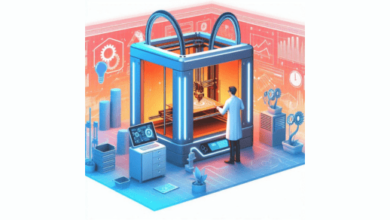Microservices Architecture: Breaking Down Software into Components

Microservices architecture has revolutionized the way software is developed, deployed, and maintained. This approach breaks down complex applications into smaller, independent components known as microservices, each responsible for a specific function. The benefits of microservices extend from development to scalability and resilience.
At its core, microservices architecture emphasizes modularity. Instead of building monolithic applications, developers create a network of loosely coupled microservices that communicate with each other through APIs. This modularity enhances flexibility, as each microservice can be developed, deployed, and updated independently.
Scalability is a significant advantage of microservices. Applications built on a monolithic architecture often require scaling the entire system, which can be inefficient. With microservices, only the specific services experiencing high demand need to be scaled, optimizing resource utilization.
Microservices also improve fault isolation and resilience. If a microservice fails, it doesn’t necessarily bring down the entire application. This isolation prevents a single point of failure and enhances overall system reliability.
Development teams benefit from microservices architecture by enabling smaller, specialized teams to work on individual microservices. This specialization can lead to faster development cycles, as teams can focus on their specific area of expertise without being slowed down by the complexities of the entire application.
However, microservices architecture also presents challenges. The increased number of components can make system monitoring and debugging more complex. Maintaining consistent communication between microservices requires careful design and coordination.
Moreover, managing data consistency across microservices can be challenging. Different services might use different databases, making it crucial to implement strategies for data synchronization and management.
Despite these challenges, microservices architecture has become a preferred approach for many modern applications. Companies like Netflix, Amazon, and Uber have adopted this architecture to create scalable, resilient, and agile systems.
In conclusion, microservices architecture offers a more flexible, scalable, and resilient approach to software development. By breaking applications into modular components, development teams can build complex systems more efficiently and adapt to changing requirements in the ever-evolving world of technology.




